A dye is used to add color to the substance that eventually becomes an integral component of it. Aromatic ring structure, coupled with a side chain, is typically necessary for resonance and, in turn, instills color. Resonance formations that prompt displacement or occurrence of absorption bands in the visible spectrum of light are responsible for inducing a specific tonality. The synthesis of dye using chromogen-chromophore with auxochrome is achieved by the association of the chemical structure with color. Chromogenic is an aromatic structure that contains benzene, naphthalene, or anthracene rings.
The very first synthetic dye, Mauveine, was founded by William Henry Perkin in 1856. Thousands of synthetic dyes have been formulated since its discovery. Conventional natural dyes easily replace synthetic ones because they are relatively inexpensive, give a broad spectrum of color, besides enhancing the quality of dyed materials. Dye and dye intermediates manufacturers categorize these pigments according to how they are used in the dyeing process.
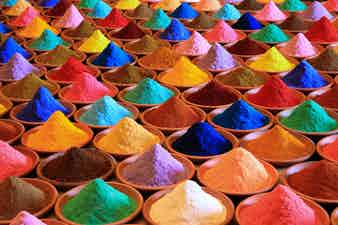
These are specified as colored compositions processing an appropriate
group capable of covalent bonding between the carbon atom of the dye
ion or the oxygen molecule, the nitrogen, and the sulfur atom of the hydroxyl,
the amino or the mercapto group of the substrate. These dyes are ideal for
the coloring wool and cotton.
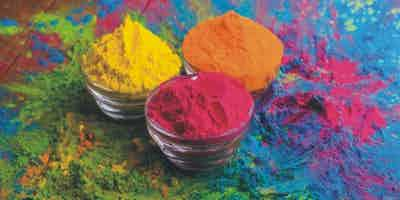
These dyes are used to color animal or vegetable
fibers straight from a dye water solution. Both colors
in this class are anionic shades with cellulose fiber affinity.
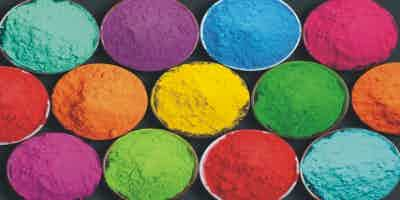
The popular structural characteristic of this class of dyes
is the chromophoric structure with a sulphonic or analog group,
which imparts dye with an anionic characteristic. Acid coloring
is primarily used for the dyeing of linen, silk, nylon, etc.
They are administered from an acid dye bath.
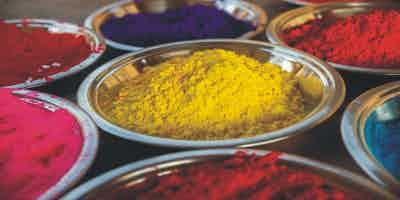
Basic dyeing is water-soluble cationic coloring, which is primarily
applied to acrylic fabrics, but which can be used
for wool and silk as well. Acetic acid is
normally applied to the dye bath to help the
textile absorb the pigment. Basic dyes are also often
used in the coloration of paper.
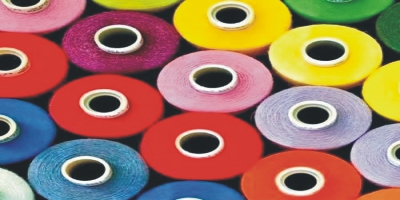
They are also referred to as acetate dyes and
used for coloring cellulose acetate, nylon, and other hydrophobic fibers.
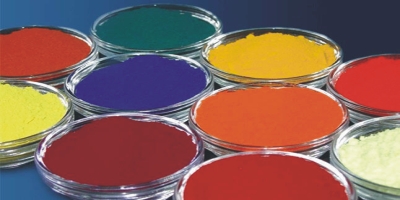
Vat dyes are functionally insoluble in water and are
unable to specifically color the fibers. However, the reduction
of alkaline liquor generates water-soluble alkali metal dye salt,
which, in turn, has an attraction to textile fibers.
The color of denim is due to indigo — the primary vat dye.

The dye and dye intermediates manufacturer sector is an outstanding field in the Indian chemical industry.
Since independence, this sector has expanded at a very fast pace, and almost half of its production is now being exported.